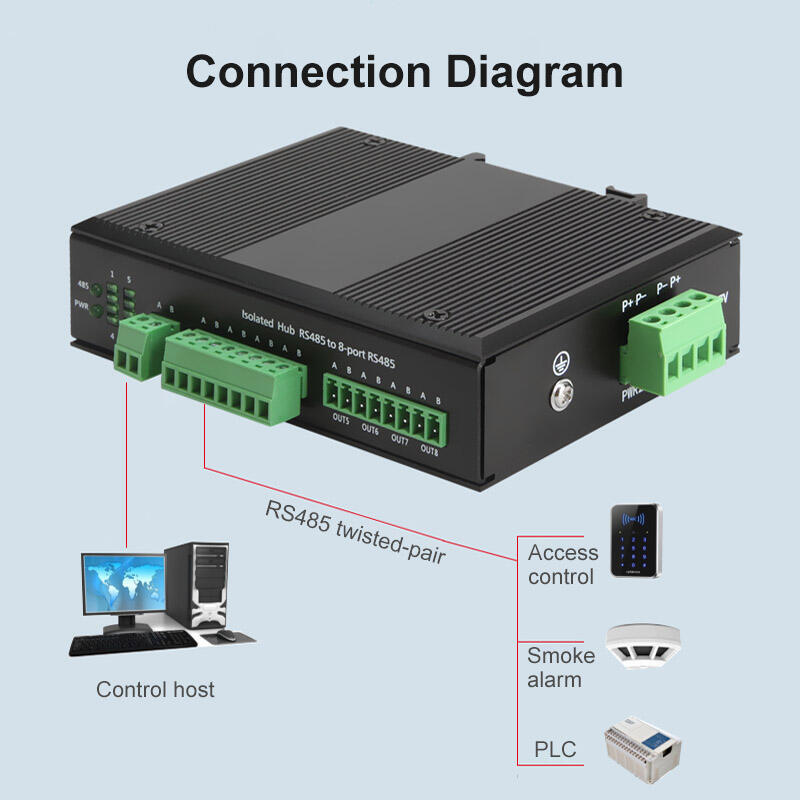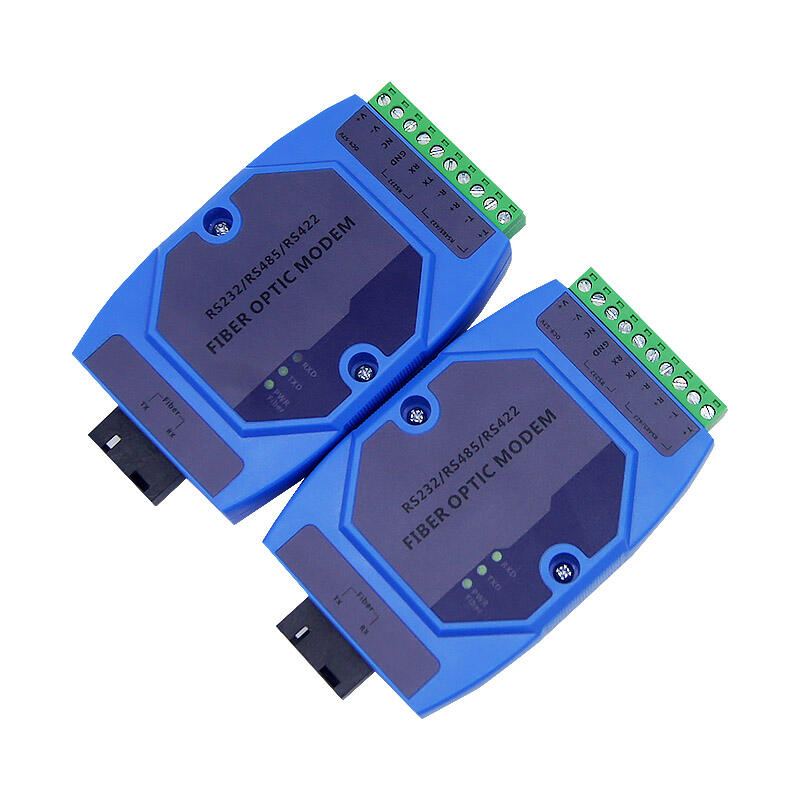
Rs485 serial communication is a widely adopted standard for industrial data transmission, known for its ability to support multi-point networks, long distances, and high noise immunity. This differential signaling standard allows multiple devices to communicate over a single pair of wires, making it ideal for large-scale industrial automation, building management systems, and smart grids. Shenzhen Dasheng Digital Co., Ltd., a leading manufacturer of industrial-grade communication equipment, specializes in rs485 serial solutions, offering a range of products such as converters, repeaters, and switches that optimize rs485 serial communication. Their rs485 serial devices are engineered to handle high data rates while maintaining signal integrity, even in environments with significant electromagnetic interference. With a focus on quality and reliability, these rs485 serial products use selected components and undergo rigorous testing to meet industry standards, ensuring stable performance in extreme temperatures and harsh conditions. The company's expertise in rs485 serial technology, combined with their commitment to customization, allows them to provide tailored solutions for specific applications, whether in national defense communications, digital education, or transportation systems, making rs485 serial a cornerstone of their comprehensive communication offerings.
